Anti-Torpedo Torpedoes Take Shape
Is the best defence against torpedoes another torpedo?
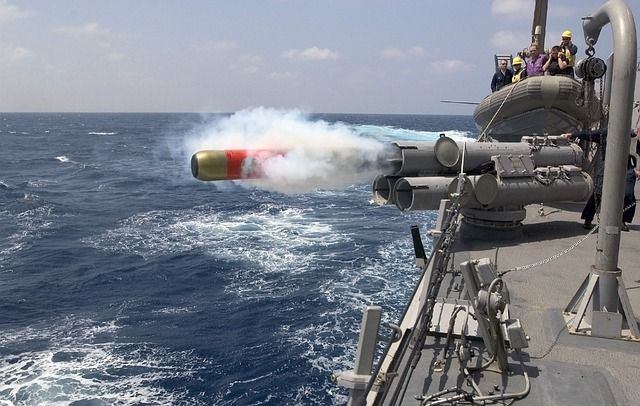
The beast of all navies is the aircraft carrier – a multi-billion dollar fighting force with the ability to project power over land, air, and sea on the other side of the world. The biggest risk to this most expensive-of-all piece of military hardware is the submarine, who with a covert spread of well-aimed torpedoes can sink the pride of any fleet.
To combat this threat, many navies are looking to develop anti-torpedo torpedoes.
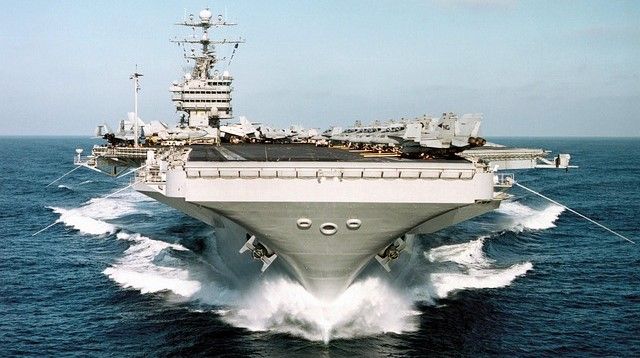
However, this requires acknowledging the big challenges facing this development – mostly that the ocean is deep and dark and can hide things very easily.
Visibility is only about 10m, and radio frequencies diminish after only 2m, meaning the only real long-range underwater sensing technology is sonar.
The problem with this is that interpreting sonar requires a lot of resources and torpedoes are small, noisy, and extremely fast. As sonar can give away your own position, passive sonar is the best option, yet can best be deployed at speeds of 20 kph or less. It also provides only limited information on target distance without triangulation which requires more data points and further calculations.
With a standard Mark 48 torpedo travelling at 80 kph from a range of about 40km, the window for detecting an incoming torpedo, launching a counter-torpedo, and having the time to accurately hit the moving target is small (maybe 30 minutes).
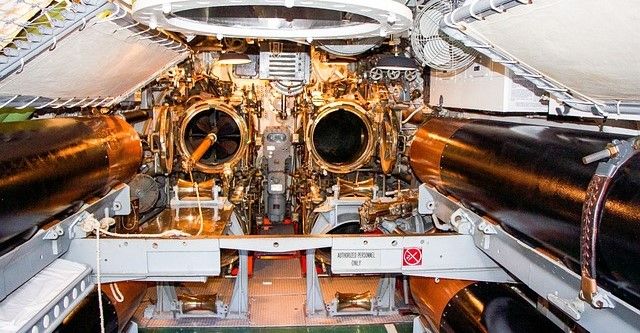
Despite these factors, work has been secretly progressing.
The German Navy, for example, has experimented with the ‘SeaSpider’ – an interceptor torpedo produced by Atlas Elektronik, a division of ThyssenKrupp Marine Systems. However, news of the tests conducted in 2017 were only recently made public with a company statement announcing that, “The full ‘sensor to shooter’ functional chain of a hardkill surface ship torpedo defense system with torpedo detection, classification and localisation (TDCL) and the SeaSpider anti-torpedo-torpedo (ATT) has successfully been demonstrated on a surface ship.”
Similarly, the Turkish arms manufacturer Aselsan has successfully tested the Tork hard-kill torpedo, while the Russian Navy possesses the Paket-E/NK weapon, a “dual-use torpedo that can be fired against submarines and incoming torpedoes.”
These are a major breakthroughs, as the laws of physics make underwater targeting much harder for a torpedo than its airborne counterpart, especially since the absence of radar detection severely limits the option of computing near-real-time flight paths. This radar function is commonly used to guide one missile to hit another. A further challenge is reducing the number of false alarms, where underwater objects which are not incoming enemy torpedoes are fired upon.
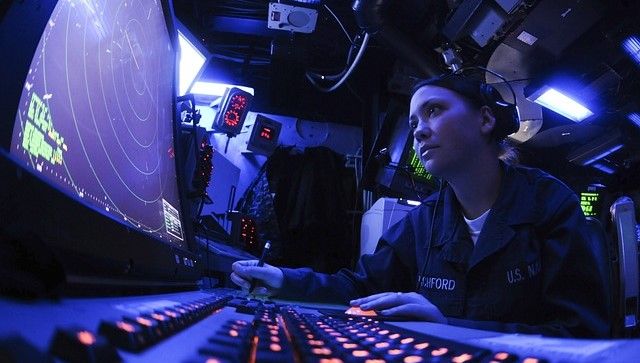
The US is also ‘in the process of developing’ its own version of an anti-torpedo defensive system called the Compact Rapid Attack Weapon (CRAW). This is despite the setbacks that the US Navy had in developing its Surface Ship Torpedo Defense system when the program was suspended in 2018 following reports that the twin system of torpedo warning system and a countermeasure anti-torpedo were “too unreliable to warrant further work”.
The decision to press ahead with CRAW is part of a major overhaul of submarine and counter-submarine capabilities in the US Navy, as the service looks to replace the Virginia-class submarine design which has served so well for the past 25 years, with a further ten years planned before any replacement is launched.
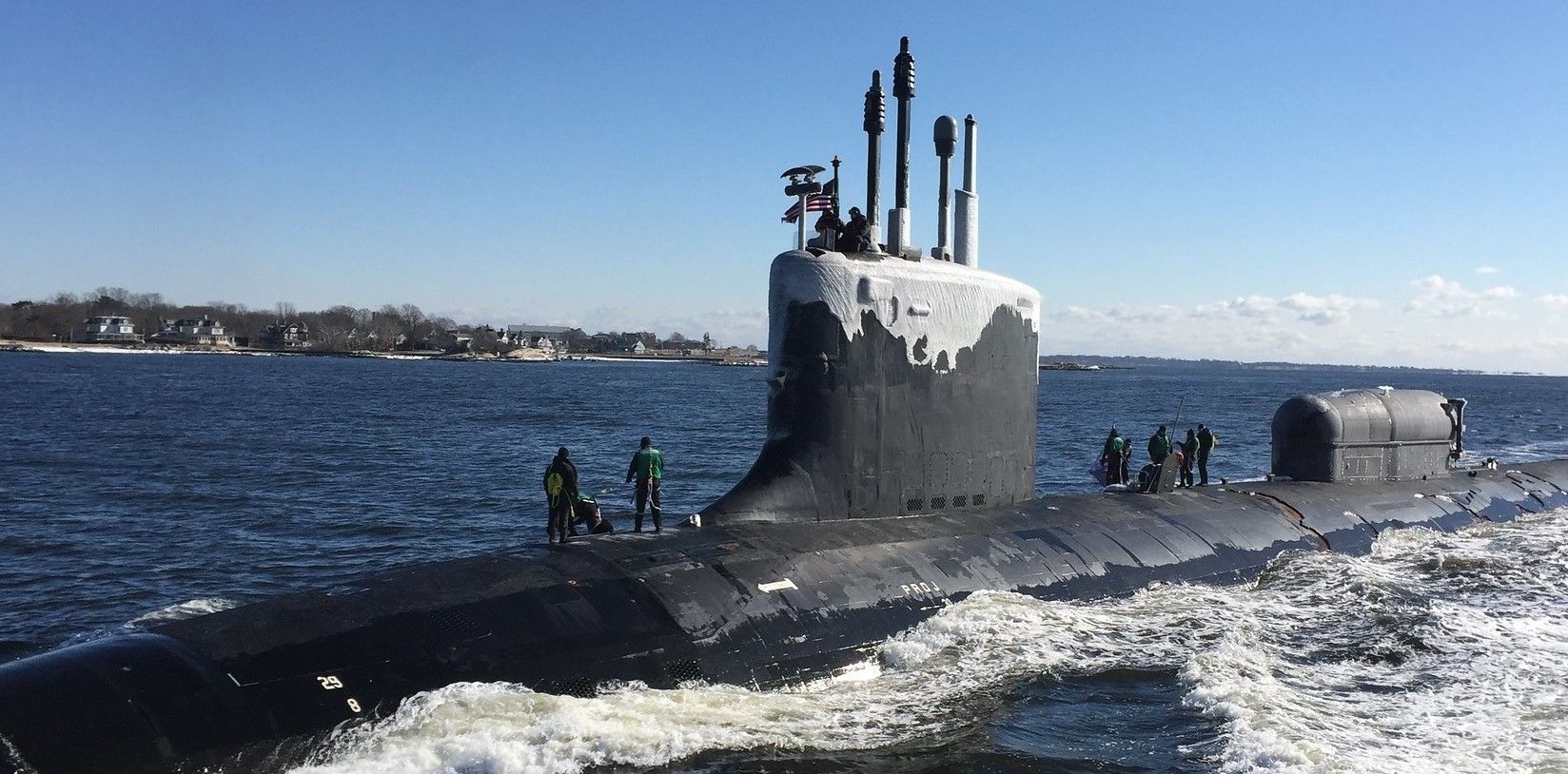
Alongside anti-torpedo torpedo research is the development of an advanced sonar array for submarine hunting which would be compatible with the US Navy’s existing Mk 54 lightweight torpedoes.
The plan is to add, “significant improvement in lethality and speed and depth so that there’s no submarine in the world that is safe from our [anti-submarine warfare] forces,” explains Capt. Todd Weeks, the program executive officer for undersea warfare systems at a recent naval symposium.
Clearly, there is still much research to be done before anti-torpedo torpedoes become the front line of defence. However, given the great expense of an aircraft carrier, the funds for necessary research will likely become available.
Of course, as with all military developments, this will not be the end of the story. As the SeaSpider project’s lead organiser, Thorsten Bochentin, puts it, “we are aware that this technology will kick off the cycle of countermeasures and counter-countermeasures, and so on.”
Possibly starting the invention of a torpedo to destroy an anti-torpedo torpedo.
Photo credit: Defence imagery from Pixabay, flickr, WikiImages, Dennis Larson, & 12019

